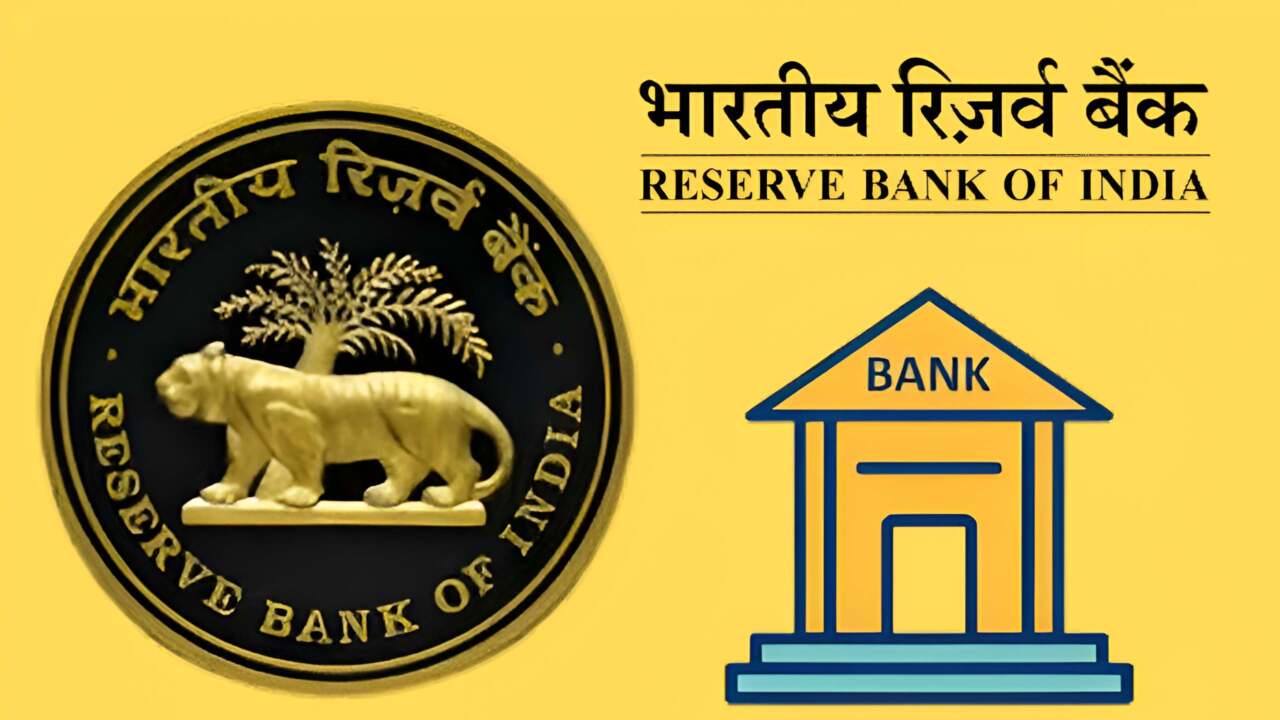On October 1, the MPC meeting, which began on September 29, will make its decision about the rate action.
Some analysts think a 25 basis point (Bps) rate drop is possible, despite the Reserve Bank of India’s (RBI) Monetary Policy Committee (MPC) holding key interest rates or the repo rate in the October policy.
Despite the recent drive to increase demand by lowering the Goods and Services Tax (GST), the rate drop anticipation has surfaced given the present inflation trend and further GDP assistance.
“An further 25 basis point rate drop is anticipated at the RBI’s monetary policy review in June, given the ongoing inflation track.” In addition, a further 25 basis point drop is anticipated for the remainder of this fiscal year. According to Dipti Deshpande, Principal Economist at Crisil, “no change in rate stance is foreseen in the impending policy.”
In addition, Barclays said in a note that after a neutral pause in August, the RBI MPC would decrease the policy repo rate by 25 basis points at its next meeting on October 1. The bank acknowledged that this is a close call against a dovish pause and postponed the reduction until December.
“The foundations of our October rate drop call are the undershooting of CPI inflation vs estimate, the tariff overhang on the economic outlook, and the recent tightening of financial conditions (likely slowing transmission),” said Barclays.
On October 1, the MPC meeting, which began on September 29, will make its decision about the rate action.
To support growth, the MPC has lowered the repo rate by 100 basis points since February. The reductions were 25 basis points in February and April and 50 basis points in June.
If the October monetary policy rate decrease occurs, the following advantages will result:
An additional impetus for growth
Despite the fact that the economy that had been underperforming has recovered in the first quarter of the current fiscal year and that the GST rate decrease would help sustain it somewhat, the RBI rate cut will boost consumer demand and make borrowing more affordable for both people and corporations.
Customers will be able to spend more money if they have more money and demand is higher, which will boost consumption and support growth.
Together with the Center’s fiscal assistance and more lenient monetary policies, the tailwind from GST changes will serve as a buffer against tariff-related uncertainty and might boost confidence across the industrial supply chain if the US lowers its taxes.
India’s GDP rose 7.8 percent in the June quarter, exceeding forecasts and reaching its best growth rate in five quarters.
Although Barclays admits that there is no urgent need to lower its real GDP growth projections for FY25–26 (Barclays: 6.5%) in light of these slowing high-frequency indicators and the positive surprise in the Q1 GDP print, growth projections for FY26–27 are anticipated to be impacted by tariff-related concerns if the US’s 50% tariffs on India continue past 2025.
Boost the expansion of credit
An RBI rate cut lowers the repo rate, which lowers banks’ cost of funds and enables them to pass on lower lending rates to borrowers. This lowers the cost of loans for businesses and households, increasing demand for credit across retail segments such as personal, auto, and housing loans as well as corporate borrowing for working capital and investment, thus directly increasing the growth of bank credit overall.
The two-week period ending August 22 saw a 10.03 percent year-over-year increase in systemic credit, indicating that banks are expanding lending in anticipation of the festival season due to rate reductions and anticipated increases in spending after the revamp of the GST regime.
Credit growth stayed in double digits for the third straight week.
Bond market rally
According to analysts, whenever the RBI lowers the main interest rates, the bond market usually rises. This is due to the fact that lower policy rates reflect an accommodating approach and lower future borrowing costs, which causes yields to decline.
Because yields and prices move inversely, this also helps investors make more money.
Dynamics of inflation
Incoming inflation prints and trackers after the 6 August policy suggest that FY25–26 inflation will likely surprise the RBI on the lower side once again. CPI inflation was lower than anticipated, averaging 2.35 percent between April and August. Compared to the usual 4% growth of these months, the total CPI buildup over these months is lower at 2.6%. Furthermore, according to Barclays, the tailwind of the GST rate rationalization leaves room for CPI inflation to remain consistently low.
A 25 basis point rate drop is the “best feasible choice for the RBI,” according to an SBI Research paper. This opinion is predicated on the idea that the bottom of CPI inflation may not have been reached yet and that substantial GST rationalization might cause it to drop by an additional 65–75 basis points.
Nomura has also seen a change in market attitude, with many players now anticipating more rate cuts from the RBI in the next months. Nomura said, “Our economists are still predicting two additional reductions, one in October and one in December.”

